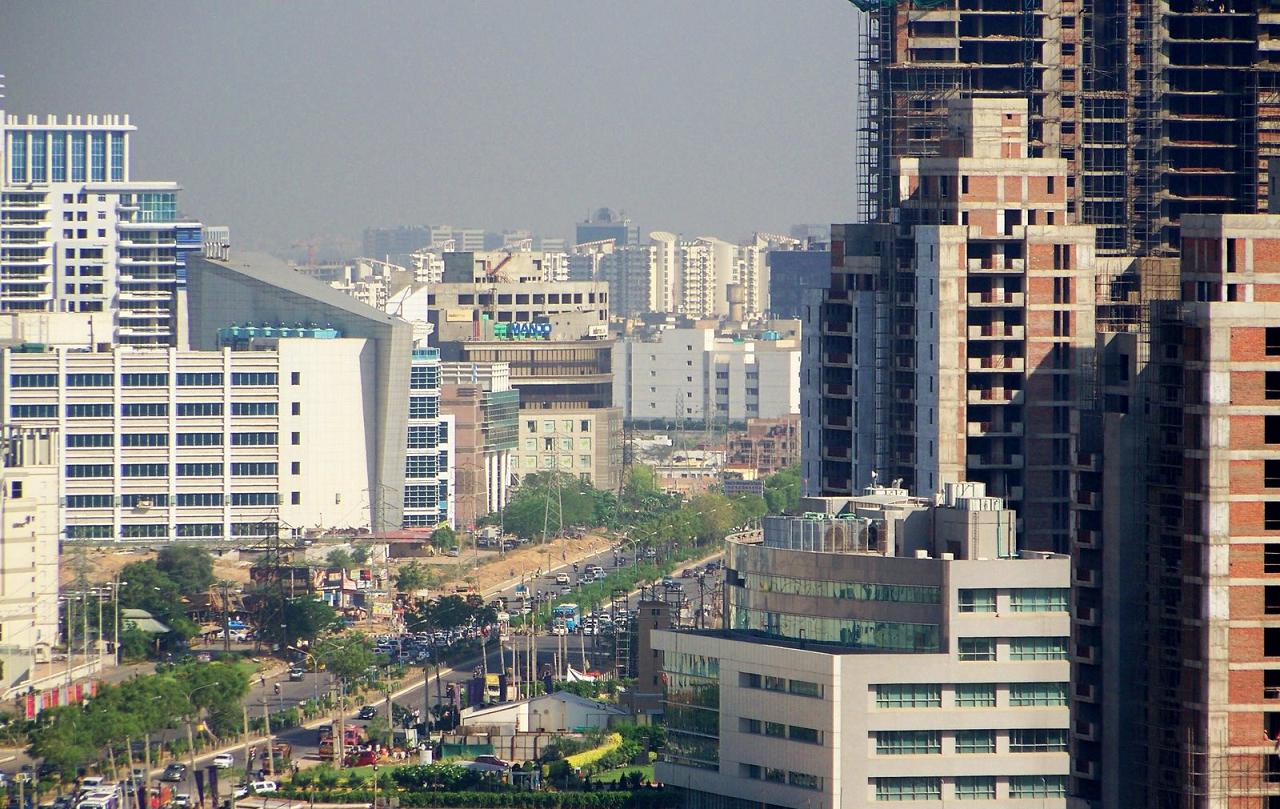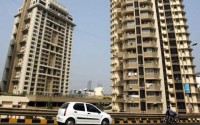Indian real estate – the irony of demand & supply

Indian-Real-Estate
With more than 6, 00,000 units of inventory in India’s top cities, the situation is alarming. One in three houses constructed is unsold, despite builders, agents, online broking houses and now even e-commerce websites trying to allure consumers with lucrative schemes and offers.
Urbanization as a trend has just touched the tip of the iceberg and India has a huge demand for houses. Industry experts anticipate this number at 50 million houses in next 10 years. Strangely, over supply of inventory in the second most populous country in the world is an irony.
Unlike some European countries where the population growth is in the red, India is experiencing a very high rate of population growth and selling of ready houses really should not be a problem. More people are getting more liquid money to invest and a good number of immigrants moving in and out of major cities are some of the factors that drive real estate demand in the country. It is indeed paradoxical that there is supply and there is demand, yet no transactions.
What is driving this ironic situation is a market that is going through a transition – from high-growth expectations of the past to a mature market that will see rational returns.
Builders are still reminiscing on the hay days which were driven by a high growth rate economy where projects used to get sold in a jiffy and give big returns in a short time. Some ambitious developers still working on similar lines; they launch one project, and use the capital from initial sale to start a second project, then use the proceeds from the second project to start a third and then a fourth and sometimes even a fifth. They entwine cash-flows and spread themselves thin. However, they fail to realize that this strategy would not work in a slow economy; projects do not sell as fast, spelling doom on all subsequent projects.
Developers must focus on delivering as delays not only impact returns but also impinge on the investor sentiment in general. On the whole, the market experiences a downward curve and gets caught in the cycle of price stagnation, rising unsold inventory, incomplete projects, resulting in poorer returns on investment.
Builders, in their enthusiasm have gone way outwards than currently supported by the market. Moreover, with inadequate and restricted alternatives of structured financing, they raise funds from small time real estate investors who demand quick and hefty returns. Developers have no option but to artificially inflate the basic cost of the property. The markets have reached a point where these prices have gone beyond the affordability of end consumers. They would however, not reduce the prices as this will break their investor network. Whether the inventory remains unsold or is in the hands of speculative real estate investors, there is a desperate search for end-customers and real users – who remain elusive.
The Indian real estate industry is transitioning from a “pre-launch” to a “build and sell” model like developed markets which are the signs of a maturing industry. From traditionally a seller’s market, real estate in India is now a buyer’s market. Each buyer has lots of similar options to choose from. If buyers start dictating the markets, ask for transparency in the real estate pricing, a paradigm shift is bound to take place. Existing online players will struggle and will be forced to reinvent themselves. We’ll see transaction-oriented models vs simple listing-based models that will bring transparency that consumers so want today.



